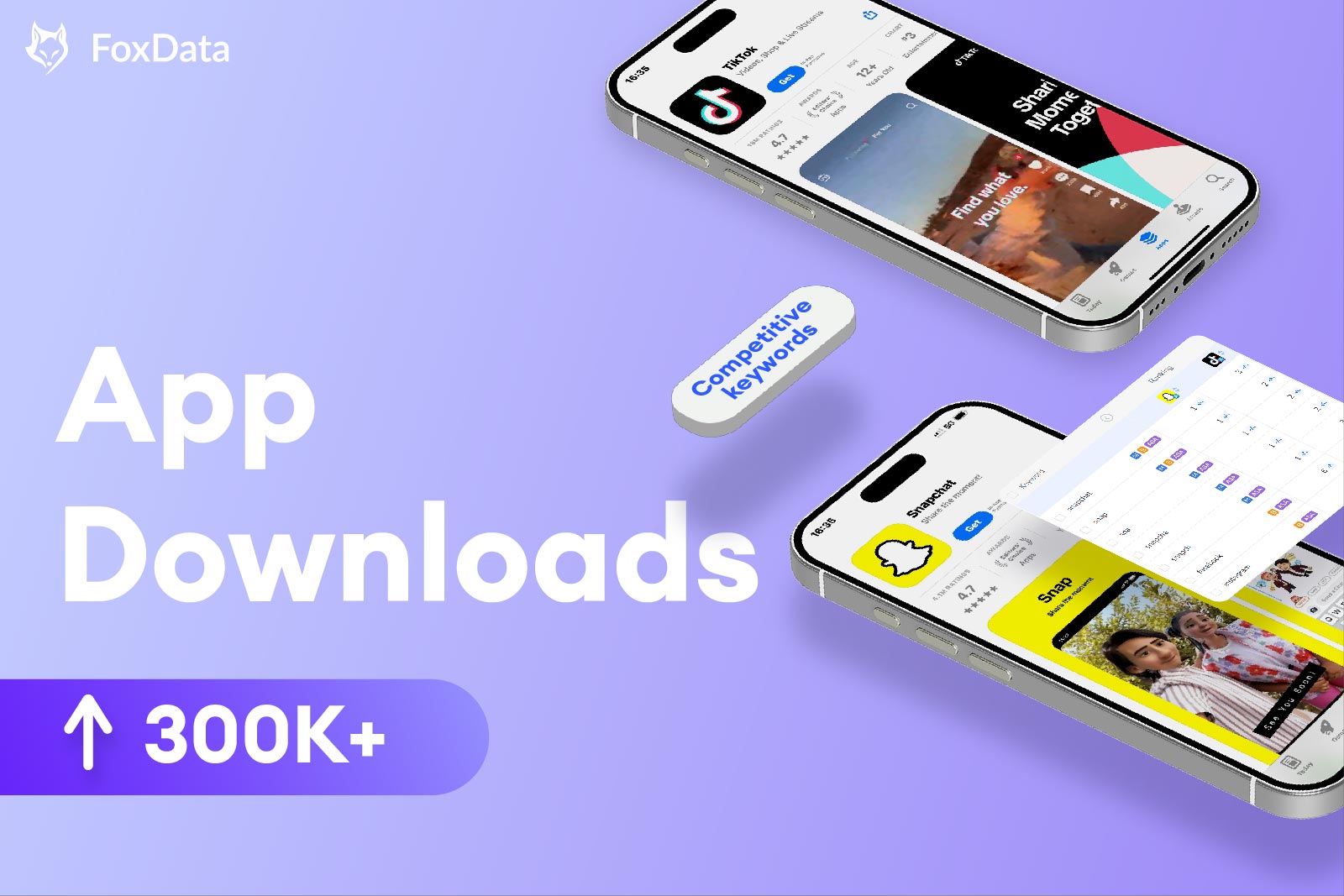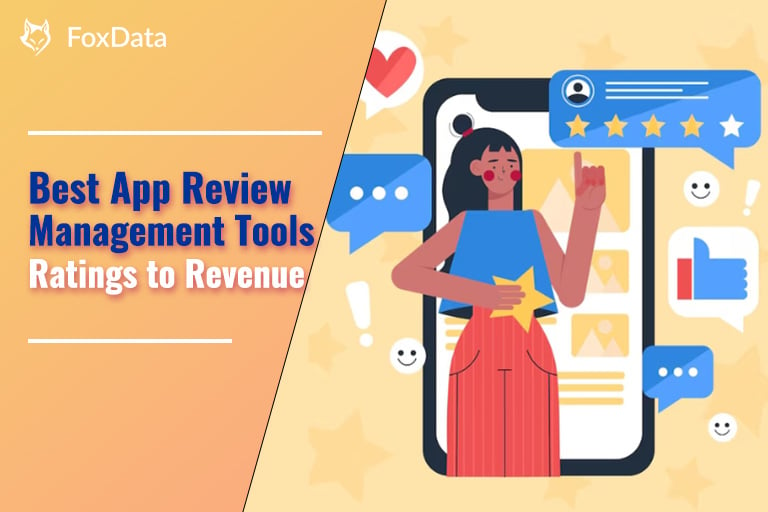Stay Ahead of the Game: Apple and Google Updates that will Impact App Marketers

With every update from Apple and Google, app marketers need to adjust their strategies. In this article, we will discuss the recent updates and their impact on the industry.
Apple Search Ads' Expansion: What to Expect
The introduction of iOS 14.5 and the new privacy limits had a significant impact on ad networks within the Apple ecosystem. However, Apple Search Ads has the potential to benefit from these changes. Recognizing the growing demand from advertisers, Apple aims to expand its inventory to offer high-quality placements and potential downloads.
This expansion will occur in three phases. Firstly, Apple will provide additional locations within the App Store app, similar to News and Stocks. Then, they will include more Apple Services. Finally, independent app developers will have the opportunity to sell their apps and games using Apple display ads through Apple Adverts.
The advantage that Apple Search Ads holds over other networks is its ability to use valuable personal information about app and game downloads, plays, and in-app purchases. This gives them a unique edge in targeting and reaching potential customers.
Currently, we are in the second phase of Apple Search Ads' expansion. Apple has introduced a new placement within the Today tab feed, which attracts a significant number of users. The impressions in this placement correspond closely to the number of users opening the App Store. Therefore, the competition for this placement is expected to be intense.
Another placement being explored is at the bottom of product pages, in the section titled "You Might Also Like." This section has a lower reach compared to the Today tab feed, but it still offers potential impressions for advertisers.
However, there are ethical concerns about allowing advertisements from rival companies to appear on a product page. This raises questions about the value of investing in marketing efforts if competitors can pay Apple to redirect potential customers to their page. Striking the right balance is crucial in maintaining a fair advertising ecosystem.
Despite these considerations, the expansion of Apple Search Ads presents new opportunities for app developers to monetize their apps through Apple Ads. With Apple's continued focus on expanding inventory, it's likely that a display ad product will be introduced in the future.
Android's Limitations on App Advertising
In contrast, Google has announced new ad standards for apps and games on the Google Play store. These standards aim to improve the user experience by limiting certain types of ads.
According to the rules, full-screen interstitial ads that appear unexpectedly or disrupt gameplay are prohibited. Advertisements at the beginning of a level or content segment are also forbidden. Additionally, interstitial ads before an app loads (splash screen) are not allowed.
While some expressed concerns about the impact on the hypercasual category, these changes aim to penalize misleading ads and improve the overall advertising experience.
These new standards ensure that users are not deceived or disturbed by intrusive ads. Developers working with reputable ad networks may need to adjust the timing and placement of their ads to comply with the guidelines. However, it is unlikely that these changes will completely disrupt the hypercasual business model. Advertisements can still be served; they may just appear slightly later within a user's session.
In conclusion, both Apple and Google's updates have an influence on app marketing strategies. Apple Search Ads' expansion provides new opportunities for advertisers, while Android's limitations aim to improve the user experience. Adapting to these changes is essential for app developers and marketers.
Now just join FoxData and embark on a journey of marketing excellence as we unveil the latest industry news, unveil powerful growth strategies, and present cutting-edge measurement solutions.






